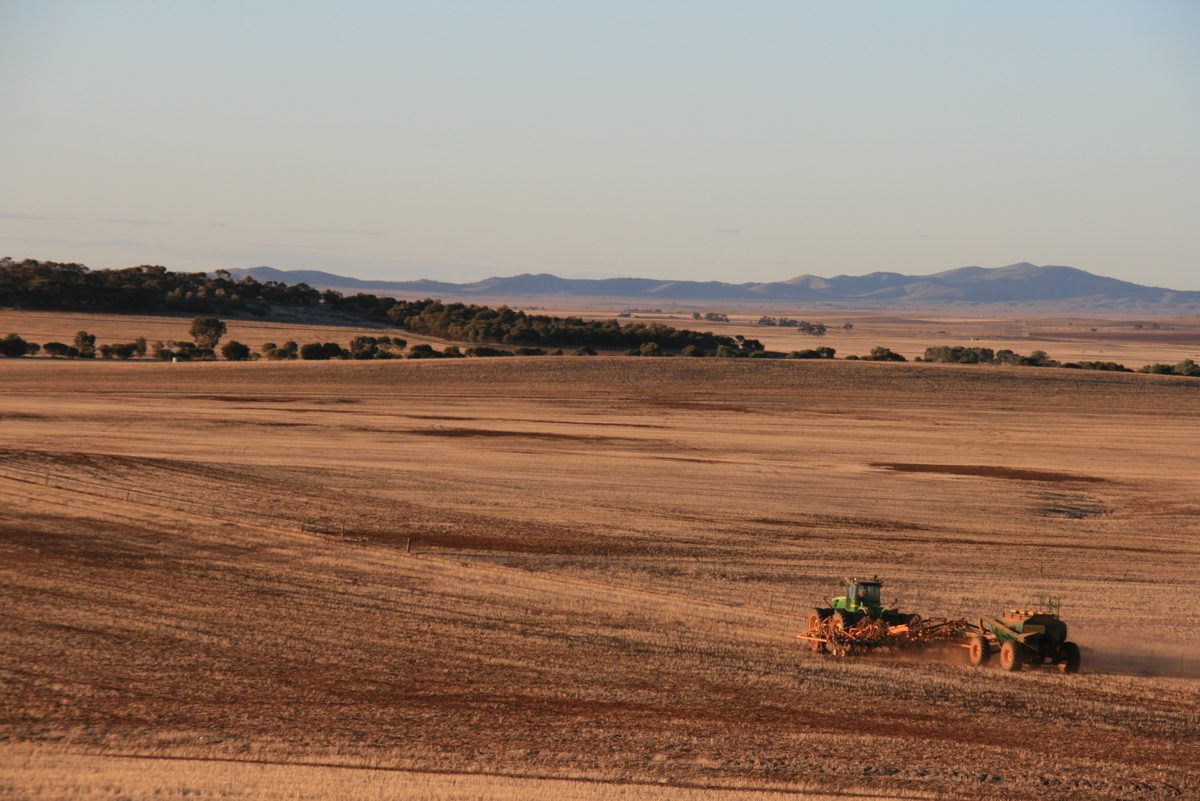Land suitability for agriculture
Most farms include a range of soil types and topographic features, each with characteristic productive potential and management needs. Many land managers will recognise the need to employ different land use and management approaches on different types of soil and land.
Soil and land attributes are natural (inherent) soil and land features that affect plant growth, land use, land management and agricultural productivity. Knowledge of key limitations and their severity may also enable the development of management strategies to overcome them or lessen their impact.
Across the agricultural zone, soils and landscapes have been assessed via the State Land and Soil Mapping Program to better understand and map the main soils and their limitations and opportunities to withstand degradation risks and support a range of production land uses. The detailed assessment framework used in this work is described in Assessing Agricultural Land (Maschmedt 2002) and resulted in the mapping of a comprehensive suite of soil and land attributes and land use potential maps for some crops.
Land suitability should also consider dynamic and background influences such as economics, climate, landscape, pest and disease incidence, water availability (for irrigated crops), social considerations and regulations. For example, infertile land in a low rainfall area may have low production potential, but if the returns from a particular crop are sufficiently high, it may be a better option than another crop with higher productive potential.
Find out more:
Land use potential mapping is presented together with commodity information in AgInsight South Australia



